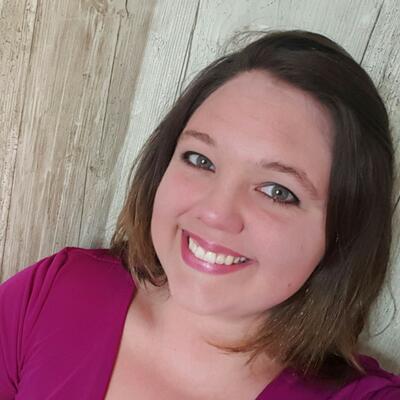
We know that our kids come to school with unique needs unrelated to academics. In my own school, we’ve seen a rise in ADHD, sensory integration issues and anxiety among our students. With that in mind, this school year I set out to find ways to create a learning space for my diverse learners that was welcoming, calming and peaceful.
I read many ideas and came across a variety of practices, big and small. (Pinterest is kind of a trap for that!) When it came time to get real, I thought, What could I bring to Room 215 that has big impact but a price tag that I can afford?
Then I came across classroom lighting ideas and learned about daylighting.
What is Daylighting?
Daylighting involves using minimal artificial light. (You know, those buzzy overhead tube lights? Look up: They’re in your room right now!) Daylighting focuses on using as much natural light as possible to illuminate learning spaces instead of manufactured lighting.
For those days when it’s a little dreary, we came up with a few creative lighting solutions to mimic a naturally-lit space, including lamps, donated Christmas lights and battery-powered LED table-top lights.
Yeah, I know. I was skeptical at first, too. People will think I’m crazy, teaching lessons “in the dark,” I thought. Sure, there were looks, and people stopping in and flipping on every light as they said, “How can you work in here? It’s too dark!” Yet, I persisted. Eight months later, I’m so glad that I made the crazy decision to throw open those blinds and shut off the overhead lighting.
Benefits of Natural Light in the Classroom
Are my kids responding? You bet they are!
I have students who are managing anxiety and getting back into the general education settings faster than they did with any other intervention I’ve used in my career. Our math test scores are on the rise with kids self-advocating to come to small group and test. The fatigue during testing is decreasing, too, with fewer students asking for breaks during testing sessions.
And the research backs this up. Healthy Schools Network, Inc. reports that students in naturally-lit educational settings have improved work habits, less sick days, lower instances of fatigue and are performing better on assessments. Not to mention, as a big fan of the Green School initiative (a movement to push sustainable efforts in schools) I’m stoked about the environmental contribution we are making by turning off the nine light sets in the room.
Daylighting made a big change in my classroom, and it ultimately taught me that I have to take risks for my students. I’m totally okay being the weird lady down the hall who teaches “in the dark.” Our students need us to be bold and willing to take as many risks as we expect them to take.
Do you want to take your teaching career to the next level? American College of Education has online degree programs for teachers and other educations.

